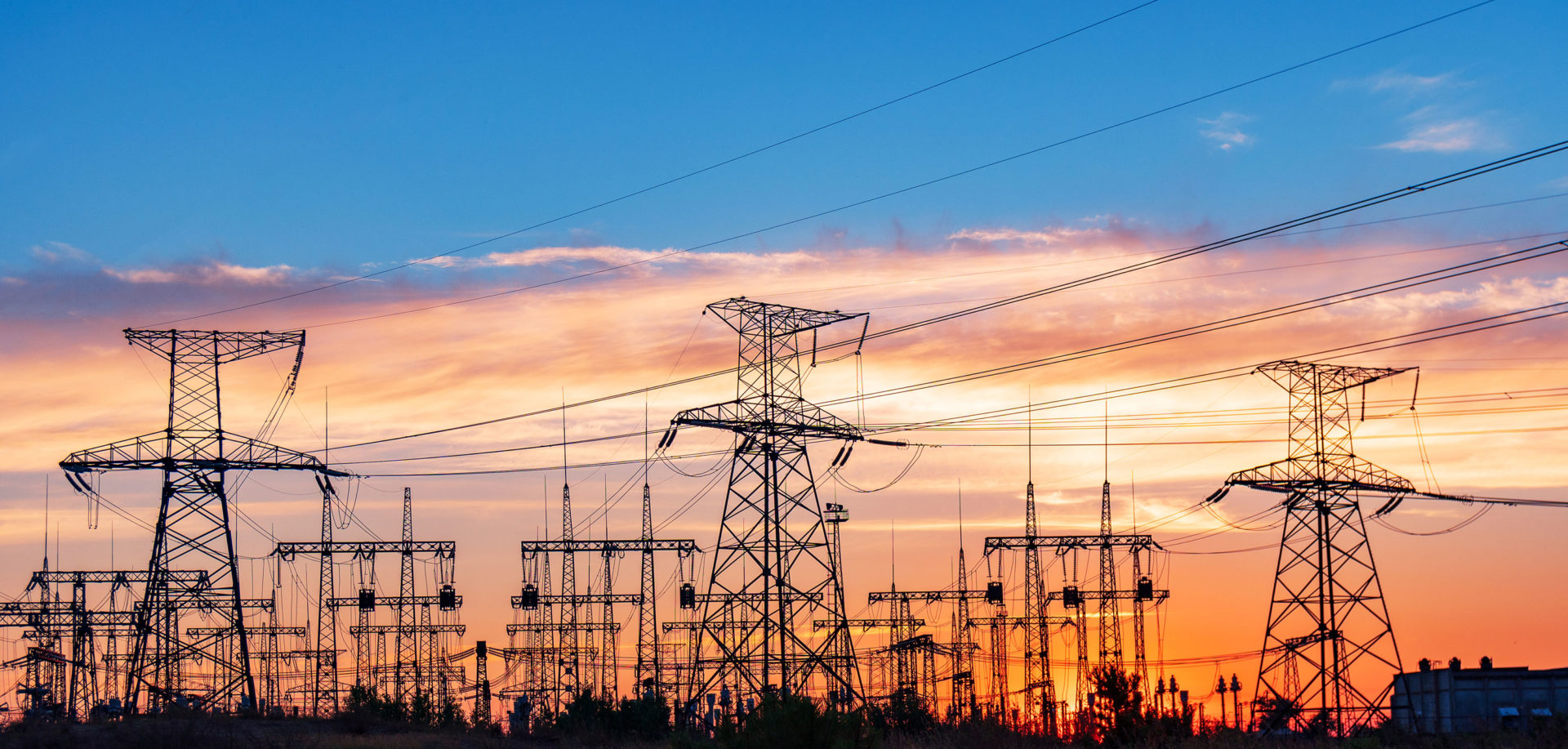Enterprises Enjoy Substantial Cost Savings With Choose-Your-Own-Power Supplier Flexibility

Power Is a Critical Component of a Data Center
Data centers rely on uninterrupted electrical power for just about everything within the infrastructure. This includes power to run air handlers/cooling and ventilation systems, lighting, environmental controls, fire protection systems, security alarms, surveillance cameras, and sensors. Even the emergency power systems, such as uninterruptible power supply (UPS), need to be charged.
From where is all this power sourced?
Most data centers obtain their primary electricity from the municipal electric grid. Stand-alone power generators and alternative energy sources onsite, such as solar panels, may also supplement the data center’s power. Transformers then draw in energy and ensure the power is the proper voltage and current type necessary for each use, all the way to the customer’s server rack.
When It Comes to Provisioning A Data Center Power Is the Largest Cost Center
While power is a priority in a data center environment, it is also one of the largest and most complex cost centers in the data center. For every $100 devoted to rent, $60-$80 are devoted to power. Typically, in a colocation data center, all the customers share power, electrical and mechanical loads. A single set of transformers is shared across all tenants with a power contract that is controlled and managed by the data center operator. In this model, customers have access to the dedicated power they need. Yet, the data center operator manages the contract and terms with the energy supplier leaving no opportunity to reduce overall costs.
Element Critical’s Houston One Is Designed To Drive Down Total Cost Of Operations
Uniquely built with a utility-grade infrastructure, Houston One offers a “bring your own power” option through a concept known as ESID, short for electrical service identifier. Customers at our data center can leverage their own corporate buying power with electric utilities rather than buying it through the data center operator.
Here are how the choices break down to deliver substantial and repeatable cost savings when customers have the autonomy to choose their own power supplier:
- Compare Rates: Comparison shopping reveals savings from different third-party supply companies (ESCOs) and provides other types of contract structures (e.g., fixed, indexed, hybrid).
- Direct Negotiation: Manage your own power contracts direct with the supplier.
- Contract Term: Terms are typically between 12-36 months. The shorter the contract, the lower the cost in the current market.
- Renewable Credits: Businesses that must satisfy sustainability mandates have increased renewable sources and green pricing programs through their provider of choice.
- Tax Abatements: Directing your ESID contract means that companies can leverage tax abatements based upon their industry. Examples include healthcare, education, and oil/gas (if exploring for natural resources).
- Load Demand Response Program: This program can reduce your contract and save 25% on utility costs. Legacy One tenants can get additional savings through demand response programs that Houston One provides through partners like MP2Energy, which offers power management and onsite generation programs to save money.
- Management Fees: There are no power management fees at Houston One; this means much more savings that you control.
Houston One’s unique power advantage provides enterprise, cloud & colocation users with a robust, dedicated, and reliable power supply fed by two adjacent power substations. Then add the ample savings opportunities above to drive total operations costs lower, and you have a host of powerful reasons for companies to move their IT infrastructure to Texas.
After all, when it comes to your data center energy rate at a kilowatt per hour, even a penny’s worth of savings can add up to millions of dollars.
Learn more about the Houston One Data Center facility here.
